'Once ever' dodo auction inspires excitement and envy
- Published
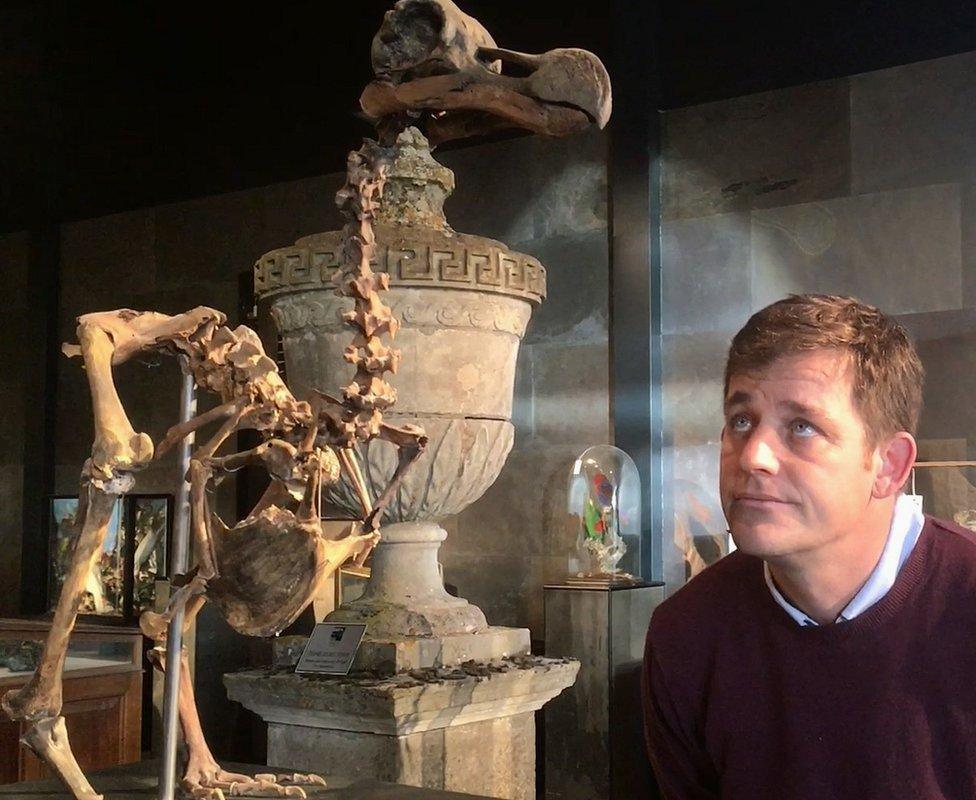
The dodo with auctioneer Rupert van der Werff, who describes it as a "superstar"
A dodo goes up for auction next week, sparking a frenzy of interest that could see the specimen fetch in excess of £500,000. Humans drove the bird into extinction in the 17th Century so rapidly and remorselessly that few traces remain - so how was one collector from the south of England able to construct a near-complete skeleton?
The vendor never actually set out with this particular mission in mind, but has described the moment he realised he could do it - after he mounted the bones he had spent decades collecting into a lifelike pose.
"I finally found myself looking at a dodo in my workshop, something so extraordinary that I hadn't really imagined it would happen."
He has remained anonymous throughout - because he dislikes publicity and wants to continue buying unrecognised at auctions - but has told his story exclusively to the BBC. We have called him George.
George acquired the first part of the dodo in the 1970s when he bought a foot bone, a purchase he said was driven solely by its beauty.
At that point there were many more opportunities to find dodo parts, and he said he was "buying at a time when fewer people were as passionate as me".
George said he gathered the bones with the help of friends and contacts in the dodo world.
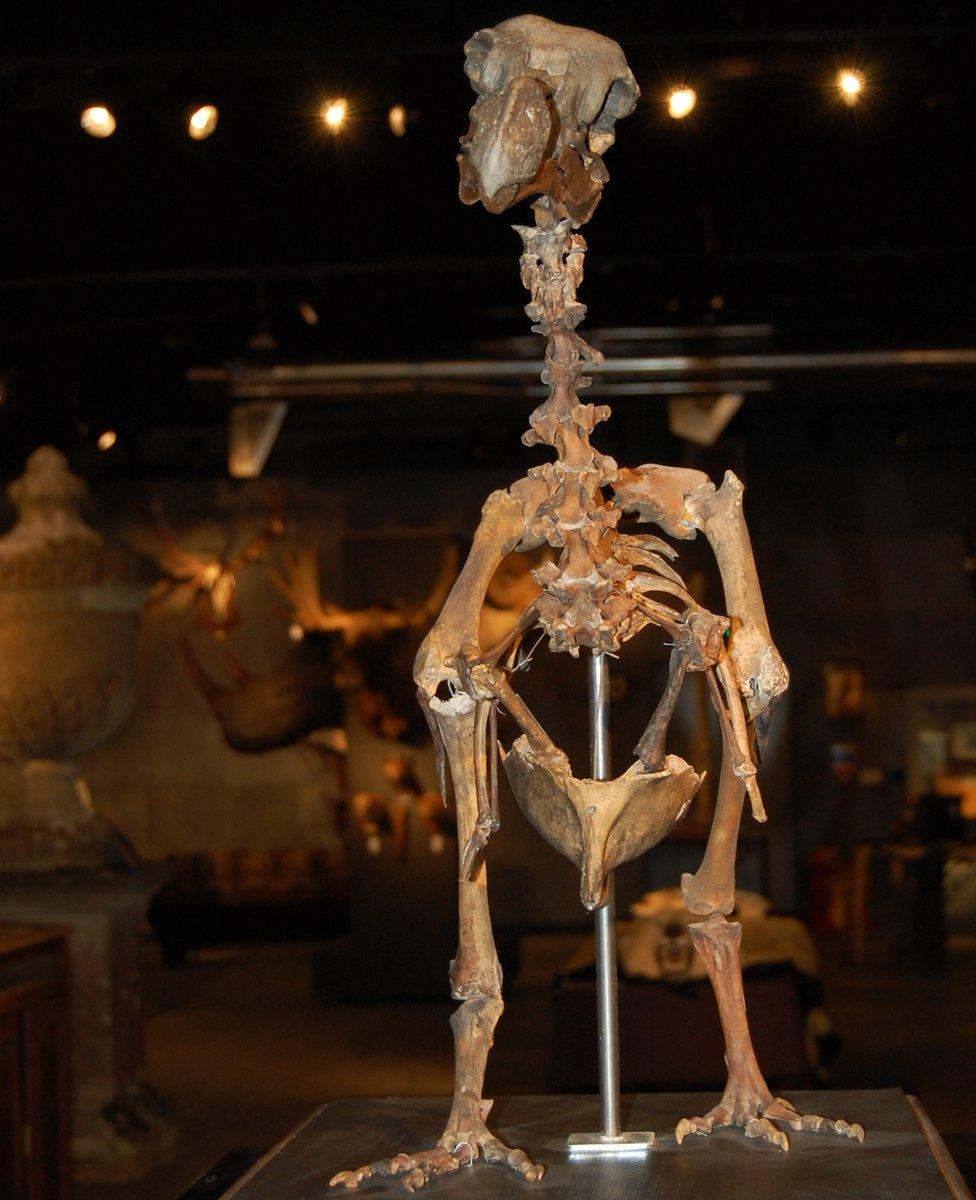
The dodo is 95% complete. The missing bones, part of the skull and a set of claws have been reconstructed
Auctions take place across the globe and his network helped him to be aware of what was on offer.
Other contacts helped him to discover what was held in private collections - information that led to more purchases, as George was tipped off as to when items became available, thus removing the need to buy at auction.
After four decades of collecting he found he owned a near-complete dodo.
George said: "Only when I laid out all of the dodo specimens I had in front of me did I realise that I might be able to put one together."
When Summers Place Auctions revealed in August what was about to go under the hammer, there was an overwhelming response.
Director of the West Sussex auction house Rupert van der Werff said the news was greeted with huge interest, amazement, continued questions about who had put it together - and a certain amount of envy.
He said: "It's very unlikely another one will ever appear on the open market. It's not just a once-in-a-lifetime chance - it's a 'once' chance."
The auctioneer admitted that keeping the collector's identity secret had contributed to the intrigue surrounding Tuesday's sale.


Sketches and paintings exist of the extinct dodo, but experts have warned there is no way of telling how accurate they are
'Bigger than a turkey'
The dodo is an extinct, flightless bird from Mauritius, an island in the Indian Ocean.
It was first seen by Portuguese sailors in the first decade of the 16th Century, external but was soon wiped out by humans and the animals they introduced. The dodo was extinct by 1681.
Bigger than a turkey, it was thought to weigh about 23kg (50lb), with blue-grey plumage, a big head, a nine-inch (23cm) blackish bill with reddish sheath forming the hooked tip, small useless wings, stout yellow legs and a tuft of curly feathers high on its rear end.
All that remains of the dodo is a head and foot at Oxford, a foot in the British Museum, a head in Copenhagen, and skeletons, more or less complete, in various museums of Europe, the United States and Mauritius.
Source: Encyclopaedia Britannica

George said he had been taken aback by the attention.
"It's great to know that years of collecting have actually resulted in this, but I am quite shocked that this sale has generated so much publicity," he said.
"I have never liked publicity.
"I still like to occasionally buy auction lots. This sale could put me in a different light with auction houses and in my personal life, and I certainly do not want that."
George said he hoped the dodo might be bought by an organisation, perhaps a museum, that would display it for the public to enjoy and for scientists to work on.

A bone map produced by the auction house shows the cranium is fragmentary and has been consolidated with clay
He added: "There is a special excitement when bidding in an auction and I want that experience for other collectors to enjoy."
George said he was moving on parts of his collection before his own time came to "depart the planet", and he hoped the excitement surrounding the sale of the dodo would have a positive impact.
"All I can say is that if the sale of this dodo - a bird that became extinct directly because of our actions - highlights the negative way we are treating our planet, the publicity surrounding the sale can only be a good thing."
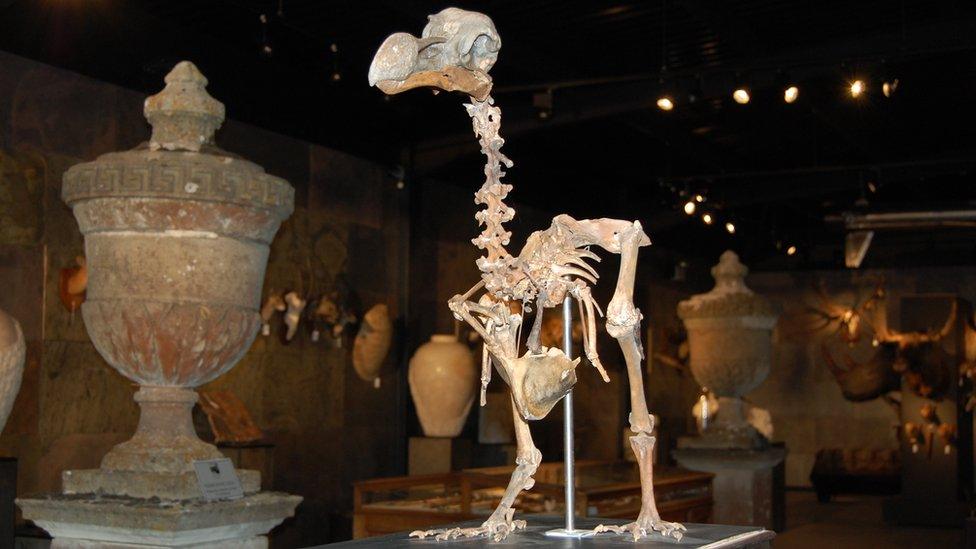

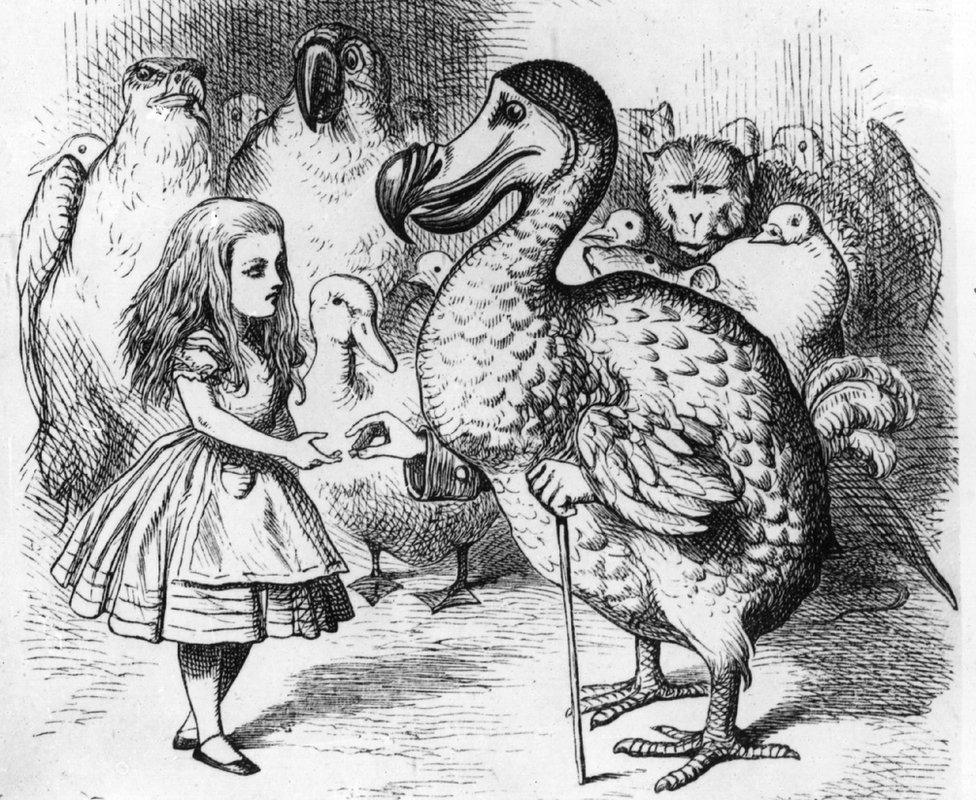
A picture of the dodo presenting Alice with a thimble, in an illustration by Tenniel from the first edition of Alice in Wonderland by Lewis Carroll
'A star of natural history'
"The dodo is one of the most iconic of the extinct species. Everybody's heard of the expression 'dead as a dodo'. People are aware of the dodo from Lewis Carroll's work and paintings of it," explains auctioneer Rupert van der Werff.
"I think because it was such an extraordinary animal, it has gained mythical status.
"It's quite a curious animal. It looks like it's made up of different bits from different animals and it must have been incredible for the people that saw them walking around. They'd have never seen anything like it.
"It's got a very good name, it's a catchy name, it's a short name, and allied to that, Victorians really were the ones that raised its profile.
"A number of events happened within a short space of time that made the dodo the superstar that it was.
"Lewis Carroll's Alice in Wonderland, external (1865) came out after Melville and Strickland's book, The Dodo and its Kindred, external (1848), and people were beginning to appreciate that islands could produce really unusual animals and this was one of them.
"Sadly, none of them got the chance to ever see a living one.
"Everybody's heard of the dodo in the same way as most people have heard of Tyrannosaurus Rex. It's just one of the stars of natural history.
"But it's such an odd-looking creature. It's difficult not to feel sorry for it."

- Published25 August 2016
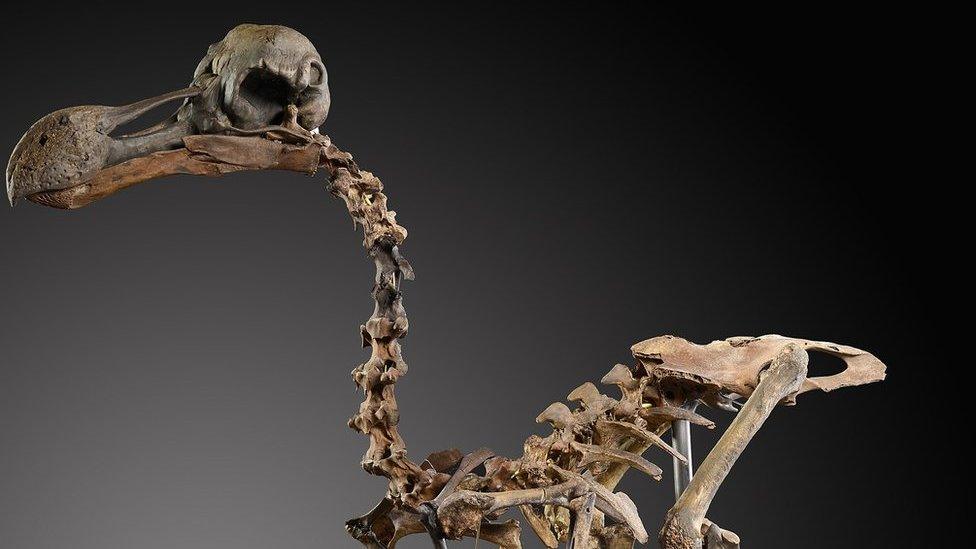
- Published16 July 2014
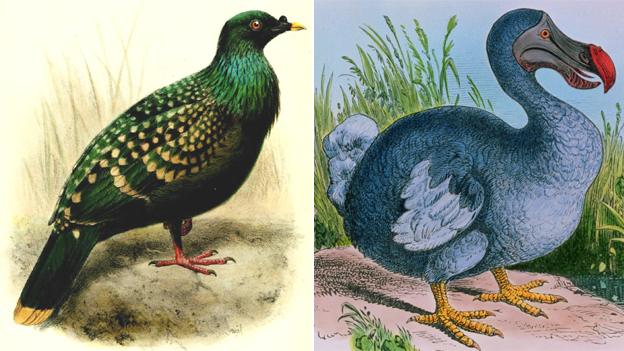
- Published15 October 2013